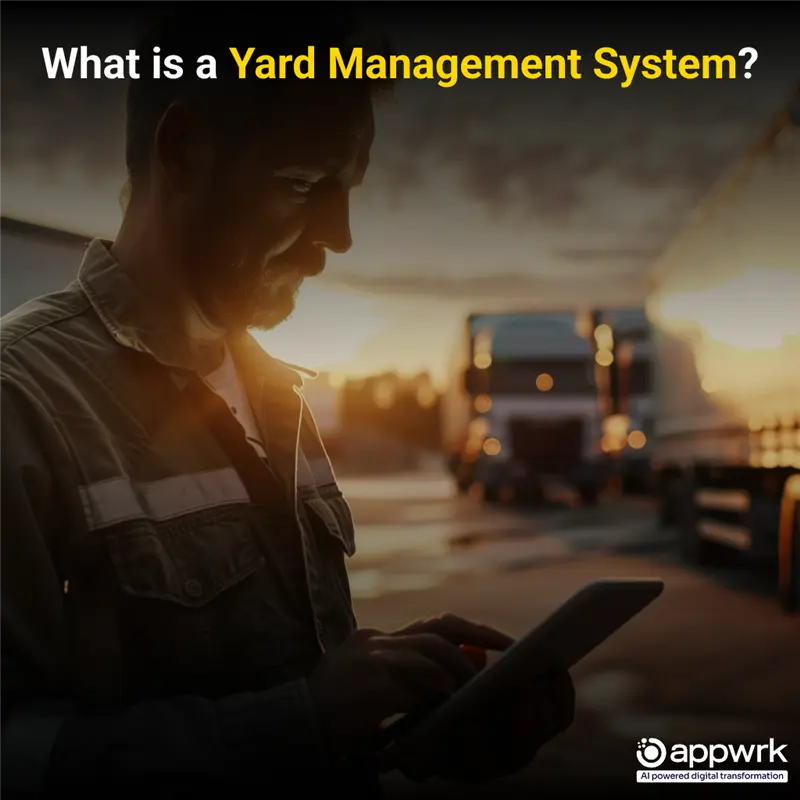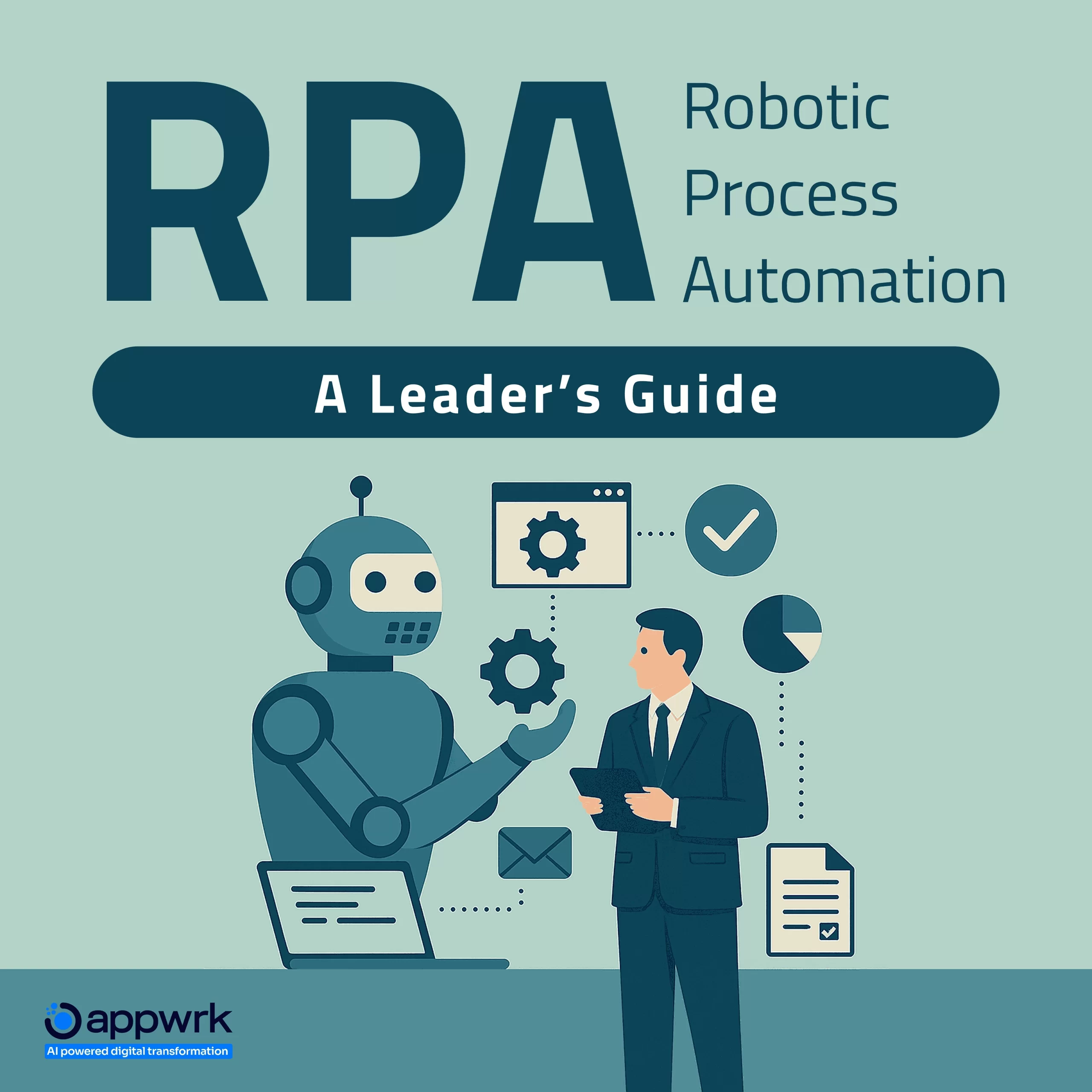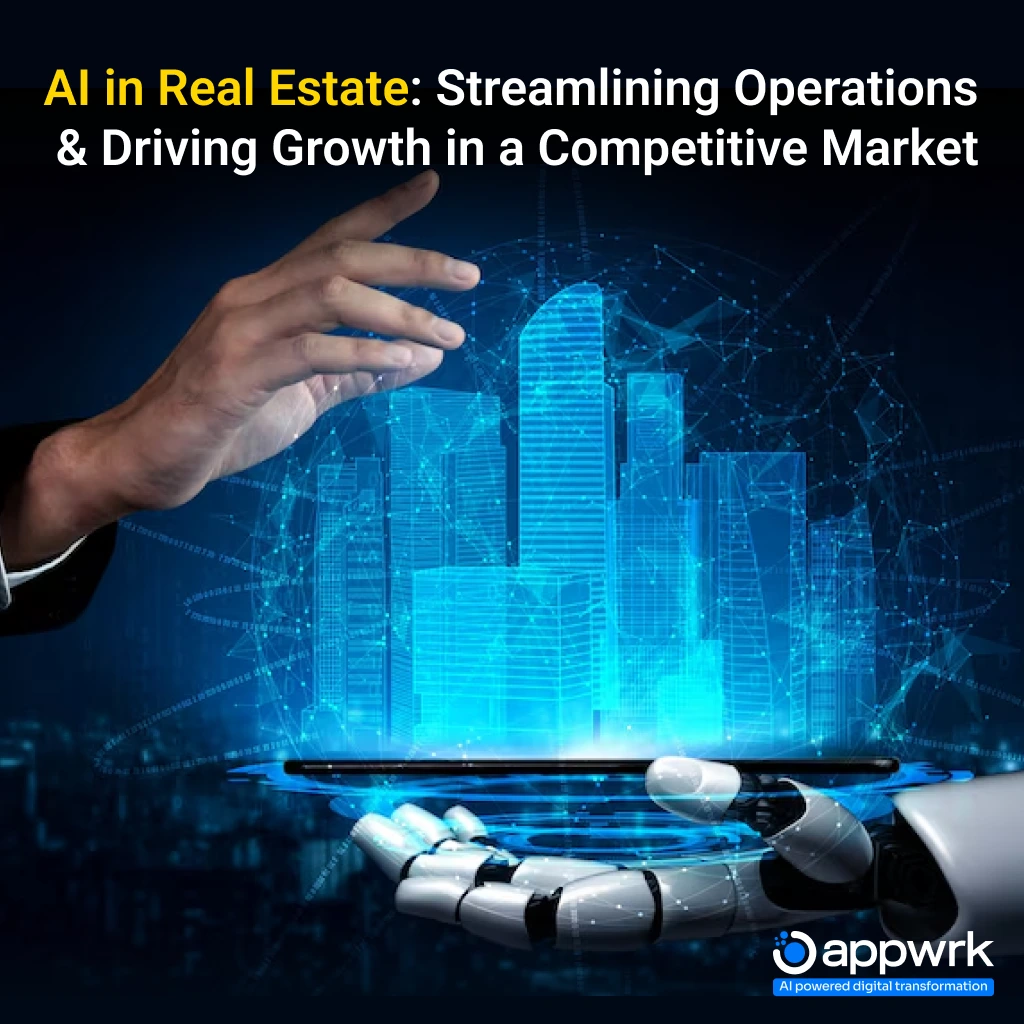Technologies we work on
Several technologies can be used for Python development including:
and many more...
Python Development Agency Services
Being the best Python development agency, with hands-on expertise and experience working in a variety of domains, we can build customized high-quality digital products which are highly scalable. We hold a vast Python development team that is well-versed with all python tools and frameworks embracing Pylons, Flask, Web2py, TurboGears, pyramid, and Django offering next-generation python development services for remarkable outcomes and best performance. We help our clients stay ahead of the rest with a promise to deliver beyond expected.
Get Python Development Services today at 50% Less!-
Python Game Development
Our Python developers are specialized in creating intuitive and engrossing games for various platforms including Android, iOS, tablets, Windows, and Native using the most versatile tech stacks like Pygame, Pykyra, Pyglet, and Kivy which allow us to materialize the most complex game ideas with less cost and time.
-
Python Mobile App Development
Mobile apps are a great way to bring the business to the fingertips which will increase revenue for the company. A coffee giant like Starbucks runs loyalty programs to keep customers loyal to the brand using a mobile application by offering free birthday drinks, free refills, etc. Like Starbucks, anyone can keep their customers loyal towards their brand using the mobile application. But you can take our help. At APPWRK, you can hire a dedicated Python mobile application developer on an hourly, monthly, and on a fixed project basis.
-
Python API Development
Think of APIs as a door into your applications, where data can be exchanged to enhance and integrate with other workflows. Boost the performance of your Python apps by simplifying data transmission across multiple interactions with the help of the APPWRK Python API development services.
-
Python GUI Development
With the best designing and development practices, our Python developers can create tailored solutions for your business using the most famous Python GUI frameworks like Tkinter, Kivy, PyQT, and PySide to create interactive GUI applications.
-
Python Full Stack Development
A Python Full-stack web developer is like an all-rounder mastering both client-side and server-side. Our Full-Stack Python developers make us different from others because they have expertise in using the Python suite that permits them to closely work on projects to eliminate every minor bug.
Why Choose APPWRK as Your Python Development Agency?
Explore ideas with the expertsThe Approach We Follow at APPPWRK - Python Development Agency
-
1. Strategy
A well-defined strategy and conceptualized ideation for new products are the key to ascending business goals. We aim to emphasize the target audience of our client and accordingly create a value-driven statement to make the roadmap for clear objectives and specifications.
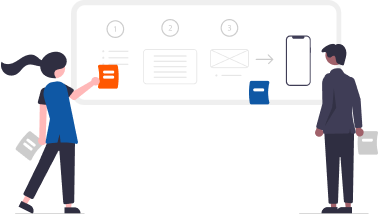
-
2. Analysis and Planning
Sprint planning with a clear and in-depth analysis of new products is the best and the easiest way to achieve the milestone. We create a Python framework and identify technical architecture that will provide support to the website.
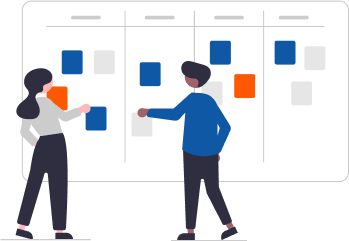
-
3. UI/UX Design
A seamless User Experience using an effective User Interface is very critical in the Python web development process. Our skilled UI/UX designers document specific tools and techniques required to support the final product.

-
4. Web APP Development
We enhance the horizon of your business by developing robust, dynamic, scalable, secure, and error-free Python software or website or web application. Our highly-skilled python developers use their years of expertise in building the best websites, applications for you.

-
5. Quality Assurance
Delivering over-the-top products has always been a habit of APPWRK. Thus, we thoroughly test every web app we build to provide quality. Through the testing process of the app, we make sure that the apps we deliver are usable, stable, and secure.
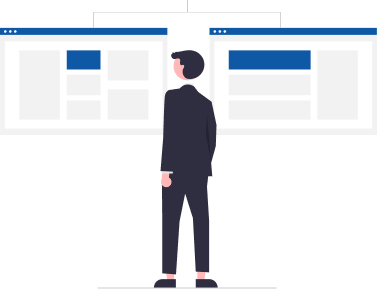
-
6. Launch
Structuring, developing, and testing an app is followed by the final step, i.e., launching the app. Being a reliable and efficient Python development agency, we give all these facilities to our clients.
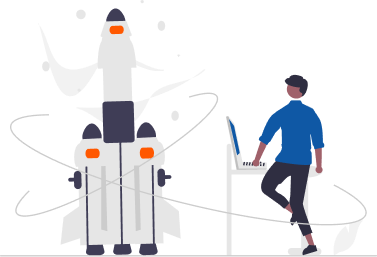
Top-notch Python websites & web applications designed and developed by us are active and working phenomenally on the internet.
Our designed and developed Best Python Sites are exceptionally being used by everyone.
Start-ups have earned excellent revenue with our designed Top Python solutions
Unique and fully customized features developed.
Python Development:
Python, a versatile and powerful programming language, has emerged as a prominent player in software development. Python is a widely used programming language highly regarded for its ease of use, clear syntax, and comprehensive standard library. It can be used for several applications, including web development, data science, artificial intelligence, and automation. This comprehensive overview will explore Python’s essential features, the development process, significance in various domains, and the thriving Python community.
Key Features of Python:
- Readable and Expressive Syntax: Python’s syntax is designed for easy reading and writing, making it an excellent choice for developers of all levels. Its indentation-based block structure ensures clean and understandable code organization, enhancing readability.
- Extensive Standard Library: Python has a vast standard library comprising numerous modules for various tasks, such as file I/O, network programming, web development, data manipulation, and more. This feature reduces the need for external dependencies, speeding up development and promoting code reusability.
- Dynamically Typed: With Python, the type of variables can be determined at runtime since it is a dynamically typed language. This flexibility simplifies coding and makes Python highly adaptable to different use cases.
- Object-Oriented Programming (OOP): Python fully supports object-oriented programming paradigms, enabling developers to efficiently create classes and objects to encapsulate data and behaviour. This promotes code modularity and reusability.
- Interpreted Language: Python is an interpreted language, executing code line by line through an interpreter without compilation. This facilitates rapid development and easy debugging.
- Cross-Platform Compatibility: Python is a cross-platform language, ensuring that code written on one operating system can run on others with minimal modifications, enhancing portability.
- Community and Third-Party Libraries: Python’s vibrant community contributes to a rich ecosystem of libraries, frameworks, and tools hosted on the Python Package Index (PyPI). This extensive collection caters to diverse domains, reducing development time significantly.
Python Development Process:
The Python development process involves several essential steps:
- Environment Setup: Python development begins with installing Python on developers’ machines and choosing the appropriate version based on project requirements. The popular Python versions are Python 2 and 3, with the latter being recommended for new projects.
- IDE or Text Editor: Integrated Development Environments (IDEs) like PyCharm and Visual Studio Code, or text editors like Sublime Text and Atom, serve as coding environments for Python applications. IDEs offer robust features like code completion, debugging, and version control integration.
- Creating Projects: Developers typically create new project directories, adhering to best practices and project specifications to organize code files and directories effectively.
- Writing Code: Python development involves scripting functions, classes, and modules to implement the desired functionality. Python’s simplicity and readability streamline the coding process and promote code clarity.
- Testing: Writing unit and integration tests ensure code correctness and maintainability, minimizing bugs and regressions. Popular testing frameworks in Python include unit tests and pytest.
- Debugging: Python provides robust debugging tools to efficiently identify and resolve issues in the codebase. Developers can use built-in debugging tools or integrate external debuggers for advanced debugging capabilities.
- Documentation: Comprehensive documentation added to the codebase aids other developers in understanding the code, enhancing maintainability and promoting collaboration.
- Version Control: Utilizing version control systems like Git allows developers to track code changes, collaborate with team members, and manage project versions seamlessly.
- Deployment: Python applications can be deployed on various platforms and hosting services, catering to the application type (web applications, command-line tools, etc.). Popular deployment options include AWS, Heroku, and digital ocean cloud platforms.
Python Application Types:
Python’s versatility makes it suitable for a wide range of applications, including:
- Web Development: Python is a dominant choice for web development, with frameworks like Django and Flask providing tools and libraries for robust, scalable, and secure web applications. Django is a full-fledged web framework, while Flask is a micro-framework, offering flexibility for smaller projects.
- Data Science and Machine Learning: Python’s libraries, like NumPy, Pandas, and SciPy, make it a popular language for data analysis and machine learning. Libraries like TensorFlow, Keras, and Scikit-learn facilitate building machine learning models.
- Artificial Intelligence: Python offers robust support for artificial intelligence applications, including natural language processing (NLP), computer vision and robotics. Libraries like NLTK and spaCy are widely used for NLP tasks.
- Web Scraping: Python’s libraries like BeautifulSoup and Scrapy streamline web scraping tasks, extracting data from websites. Web scraping is commonly used for data collection and analysis.
- Automation: Python’s user-friendliness and cross-platform compatibility make it ideal for scripting and automating various tasks. It is commonly used for automating repetitive processes and tasks.
- Game Development: Python facilitates game development through libraries like Pygame, enabling developers to create 2D games and prototypes. While less common than other use cases, Python’s simplicity can benefit specific game development scenarios.
Python Security and Performance:
Security and performance are critical aspects of Python development. While Python is a secure language, developers must follow best practices and security guidelines to build secure applications. Some critical security considerations in Python development include:
- Input Validation: Properly validating and sanitizing user inputs is essential to prevent common security vulnerabilities like SQL injection and cross-site scripting (XSS) attacks.
- Authentication and Authorization: Implementing strong authentication and authorization mechanisms is crucial to control access to sensitive application parts.
- Secure Password Storage: Storing passwords securely using strong encryption and hashing algorithms is vital to protect user data.
- Avoiding Code Injection: Preventing code injection vulnerabilities using parameterized queries and avoiding dynamic execution of untrusted code. Regarding performance, Python’s interpreted nature can lead to performance trade-offs compared to compiled languages. However, developers can employ various techniques to optimize Python applications:
- Profiling: Profiling Python applications can help identify performance bottlenecks, allowing developers to focus on optimizing critical sections of code.
- Caching: Caching data or computed results can significantly improve application performance by reducing the need for redundant computations.
- Concurrent Programming: Leveraging multi-threading or multi-processing can enhance application performance, especially for CPU-bound tasks.
- Using Built-in Data Types: Python’s built-in data types, like lists, dictionaries, and sets, are highly optimized and can offer better performance than custom data structures.
- Choosing the Right Libraries: Using high-performance libraries and data structures like NumPy for numerical computations can improve application speed.
Python Frameworks:
Python frameworks like Django, Flask, and Pyramid offer pre-built components and tools for web development, streamlining web application development. These frameworks adhere to best practices and promote code modularity, making development efficient and maintainable.
Python Security and Best Practices:
Python developers must be mindful of security best practices to protect applications from potential vulnerabilities and attacks. Some essential security measures to follow include proper input validation, secure password storage, and regular updates to dependencies.
Python Performance Optimization:
Developers can employ techniques like caching, concurrency, and optimizing algorithms to improve Python application performance. Using performance profiling tools helps identify bottlenecks and target areas for optimization.
Learn more about our Python Development services by reaching out to us today.
Our Other Offering
FAQs Before Hiring Top Python Development Agency
Have questions? We’re here to help.
Python offers numerous benefits, including:
- The easy learning curve with a readable syntax.
- Straightforward code comprehension, even for beginners.
- Versatility for a wide range of applications.
- An active and supportive community providing ample resources.
To use Python, you’ll need:
- A computer with a processor.
- A text editor or Integrated Development Environment (IDE).
- The Python interpreter.
To install Python, follow these steps:
- Download the latest interpreter version on the Python website (https://www.python.org).
- Follow the provided installation instructions.
- Once installed, you can start coding in Python.
Commonly used Python libraries include:
- NumPy: High-performance array manipulation and numerical data processing.
- SciPy: A collection of mathematical and scientific functions.
- Matplotlib: A library for 2D and 3D plotting.
- Django: A web development framework.
- You can learn Python through various methods, such as:
- Reading the official Python documentation.
- Taking Python tutorials.
- Watching video tutorials on Python.
- Engaging with the Python community for support and learning from experienced developers.
Happy Customers – Next can be You!
"They constantly deliver or over-deliver outstanding work within deadlines."
Panescu Ionut , CTO, Beesers Bucharest, Romania"Their level of talent for an outsourced development team has been most impressive."
CEO, Medical Marketing and Software CompanySan Diego, California



















































